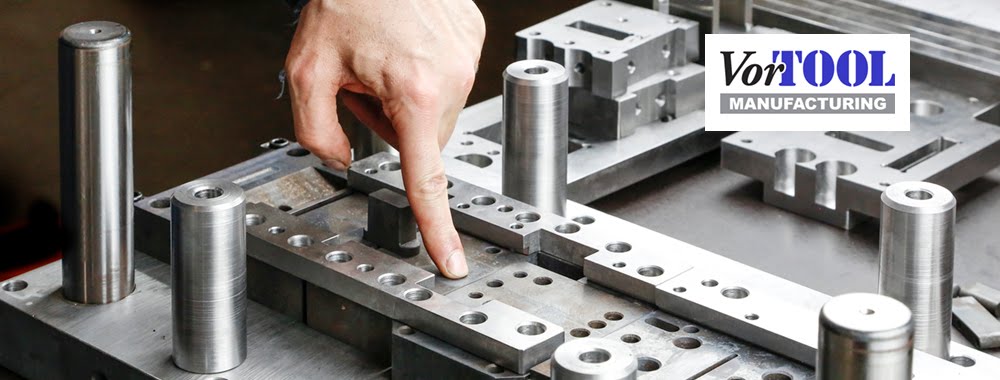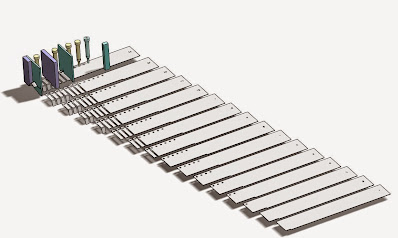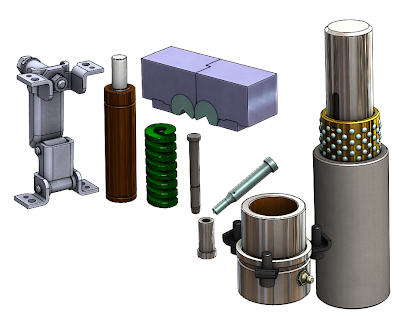Air to Oil Powered C Frame Modular Punch Press
The Air to Oil Powered C Frame Modular Punch Press product line by Vortool Manufacturing Ltd. is commonly used for various purposes. The space saving and vertical style design make this unit attractive for different reasons.
• The double sided C frame provides exceptional strength while maintaining the small foot print of about 5 inches wide only.
• The power source can be air, hydraulic or the combination of the two. The sample is equipped with an air to oil cylinder, using regular compressed shop air to operate. There are many models to choose from to suit most applications. The cylinders range between 1.5 to 12.5 Ton capacity. Other models are also available that are capable producing up to 60 tons at 120 psi air pressure.
• Conventional hydraulic cylinders can be also used for higher tonnage requirement. To keep the foot print to the minimum, high pressure hydraulic pumps and cylinders can be installed, capable for 80 tons output using a small, 5" bore cylinder at 10,000 psi.
• Tools or metal stamping tooling components to be mounted on the horizontal platform. This c frame press can be easily bolted on an existing bench top or shipped with a dedicated stand. These stands could be floor mounted or have lockable casters for even greater mobility.
• There are different operator controls to choose from. You can have a foot pedal or palm buttons with or without an anti tie down module. The control may be built pedestal style and can be equipped with non contact finger sensors to activate each cycle. Depending on the application requirement, a more sophisticated PLC integrated system is available.
• The above options are also available with the other press models such as the Box Frame Press, the Three Platen Press, or the Pillar Press.







